EDITORIAL
Published on 25 Oct 2019
Editorial: Biopolymer Thin Films and Coatings
doi 10.3389/fchem.2019.00736
- 2,226 views
- 1 citation
19k
Total downloads
96k
Total views and downloads
Select the journal/section where you want your idea to be submitted:
EDITORIAL
Published on 25 Oct 2019
ORIGINAL RESEARCH
Published on 06 Sep 2019
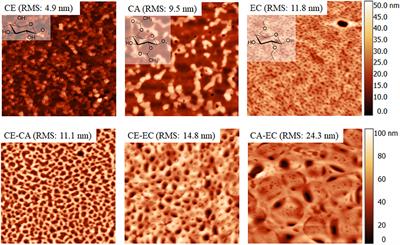
ORIGINAL RESEARCH
Published on 06 Aug 2019
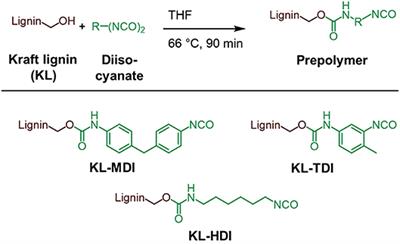
REVIEW
Published on 30 Jul 2019
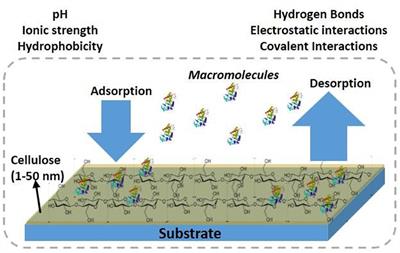
ORIGINAL RESEARCH
Published on 24 Jul 2019

ORIGINAL RESEARCH
Published on 18 Jul 2019
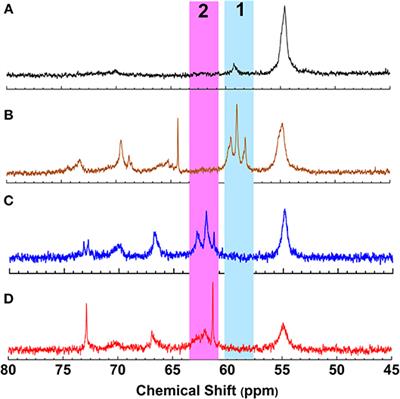
REVIEW
Published on 17 Jul 2019

ORIGINAL RESEARCH
Published on 17 Jul 2019
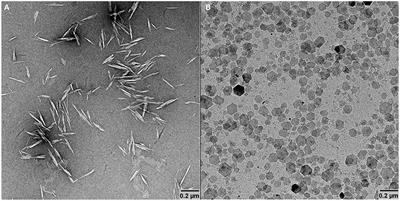
ORIGINAL RESEARCH
Published on 24 May 2019
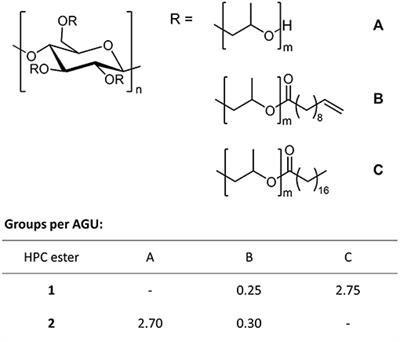
ORIGINAL RESEARCH
Published on 22 May 2019
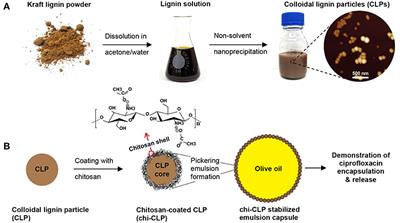
ORIGINAL RESEARCH
Published on 03 May 2019
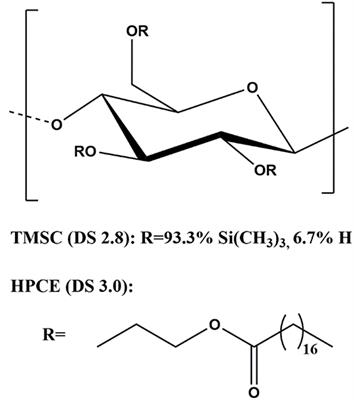
ORIGINAL RESEARCH
Published on 16 Apr 2019


Frontiers in Materials